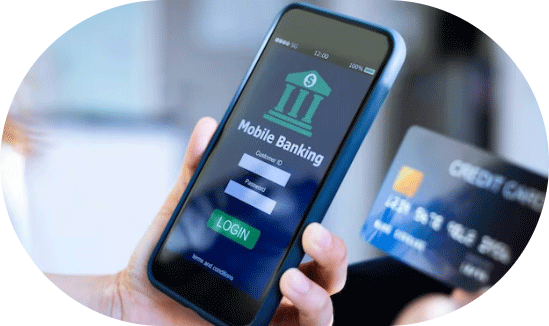How Digital Payments Function: A Simplified Explanation
User Initiation: The process begins when a user decides to make a payment, whether it's for online shopping, bill payments, or transferring money to someone else
Payment Information Entry: Users provide essential payment details, including the recipient's information, payment amount, and sometimes a billing address for verification
Payment Method Selection: Users choose their preferred payment method, such as credit cards, debit cards, mobile wallets, bank transfers, or digital currencies such as Bitcoin
Encryption: To ensure security, payment information is encrypted, converting it into a coded format that prevents unauthorized access during transmission
Authorization: The payment request goes to the user's bank for authorization, where the bank verifies the transaction's legitimacy and checks if the user has sufficient funds
Payment Gateway: For online transactions, a payment gateway acts as an intermediary, securely processing the transaction and facilitating communication between the user's bank and the merchant
Authorization Response: The user's bank responds with an approval or decline. If approved, the transaction proceeds
Payment Confirmation: The user receives confirmation of the completed transaction, often in the form of an order confirmation page or an email receipt for online purchases
Settlement: Behind the scenes, funds are transferred from the user's bank to the merchant's account to fulfill the transaction
Notification: Both the user and the merchant receive notifications, serving as a transaction record Record
Keeping: Financial institutions and users maintain transaction records for reference, accounting, and security purposes
Security Measures: Multiple security measures, including encryption and fraud detection, protect against unauthorized access and fraudulent activities
Accessibility: Digital payments can be made via various devices, offering convenience and flexibility
International Transactions: Many digital payment methods support cross-border transactions, enabling global payments
Instantaneous Transactions: Real-time or near-instantaneous transaction processing reduces payment delivery times
Costs: Users should be aware of potential fees associated with specific payment methods or international transactions
Receipts and Statements: Users receive receipts and access digital statements detailing transaction history for accounting and reconciliation







